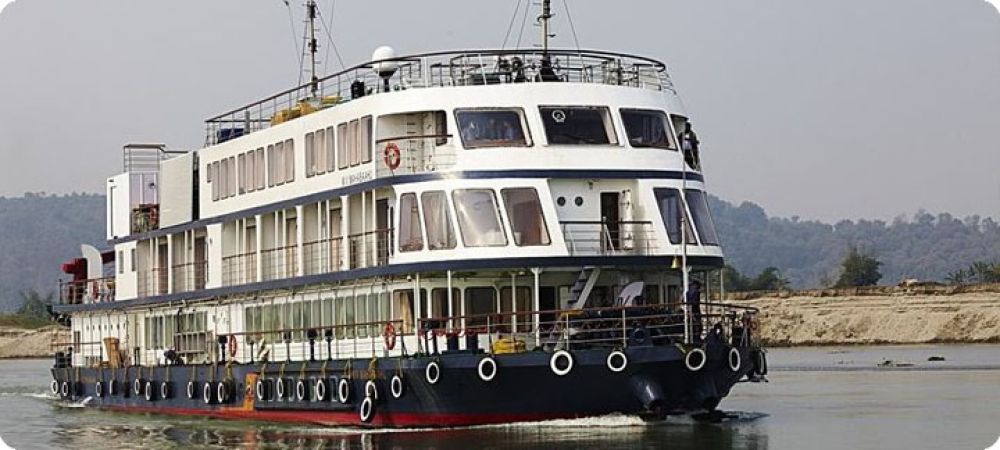

The Brahmaputra River, one of the major rivers of the world, has been at the heart of Assam's spirituality, culture, and economy for centuries. While the river's role as a trade route has long been established, its potential for tourism has been realized more recently. Modern tourism on the Brahmaputra River began to take shape in the late 20th Century, with improved accessibility and the growth of India's tourism infrastructure.
Initially, it was the adventure seekers and wildlife enthusiasts who ventured onto the river, attracted by the unique biodiversity of the river basin and surrounding areas, including the famed Kaziranga National Park – a UNESCO World Heritage Site. Over time, the idea of river cruises gained popularity, combining the allure of tranquil waters with luxury and the immersive experience of Assam's cultural heritage.
The turning point in Brahmaputra River cruise tourism came with the introduction of organized luxury cruises by companies like the Assam Bengal Navigation Company in the early 2000s. These cruises offered travelers the chance to explore remote locations along the riverbanks, visit traditional villages, and observe rare wildlife in their natural habitat, all from the comfort of luxurious vessels.
The infrastructure has continuously improved with better boats, more experienced travel guides, and the introduction of international safety and hospitality standards. This has elevated the status of Brahmaputra cruises in the global tourism marketplace, drawing in a larger number of international tourists each year.
A typical Brahmaputra river cruise offers a variety of experiences including visits to cultural sites such as the Kamakhya Temple, wildlife excursions, tea estate tours, and interactions with local artisans. The cruises often feature onboard entertainment, regional cuisine, and expert talks on the region's history, ecology, and culture.
In recent years, tourism trends on the Brahmaputra have evolved to include a greater emphasis on sustainable and eco-friendly practices. Cruise operators are adopting measures to minimize their environmental footprint, focusing on conservation and the promotion of responsible tourism. As climate awareness is increasing, tourists are more often seeking experiences that align with their values for preserving the natural world.
Thematic cruises have become a particular draw, with specialized itineraries focusing on subjects like Assamese cuisine, bird watching, photography, and even yoga retreats. There is also a growing trend of combining cruise packages with festivals, such as the Assam Tea Festival or the Bihu celebrations, offering travelers a richer cultural immersion.
Given the changing landscape of travel due to global events such as the pandemic, there is a renewed interest in private and small-group cruises. These afford travelers a more secluded and personalized experience, which is increasingly valued.
Furthermore, technological advancements have streamlined booking processes and allowed virtual tours, enhancing marketing efforts and making the cruises more accessible to a tech-savvy audience.
The Brahmaputra River Cruise in Guwahati is not just a testament to Assam's ancient connections with its mighty river but is also a reflection of the evolving interests and conscientiousness of modern travelers. With its rich blend of natural beauty, wildlife, cultural experiences, and luxury accommodations, the river cruise on the Brahmaputra stands as a distinctive and dynamic component of India's tourism industry.